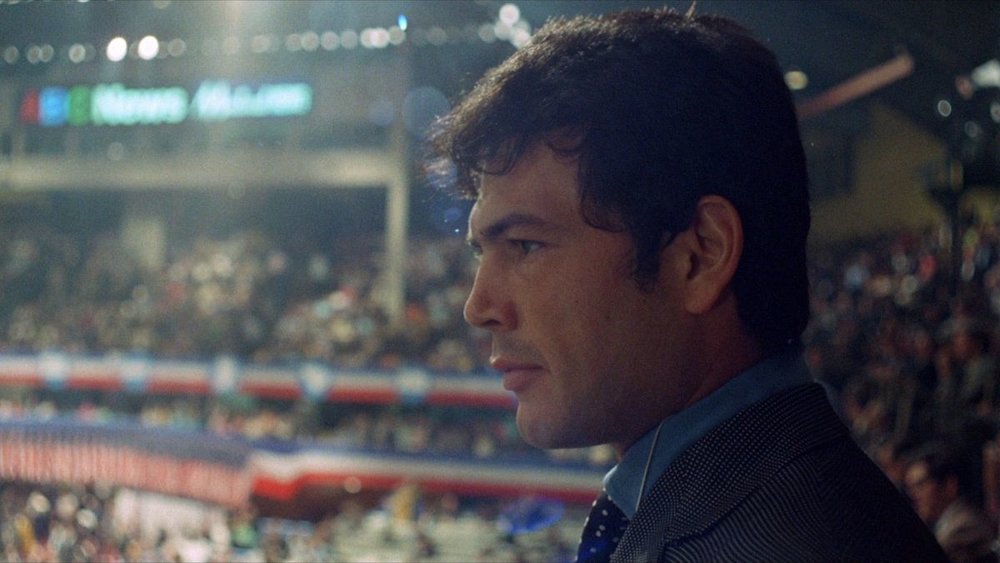
(Image: letterboxd.com)
This retrospective review and analysis was originally published on August 3, 2019 for 25YL as part of their “Summer of ‘69” series.
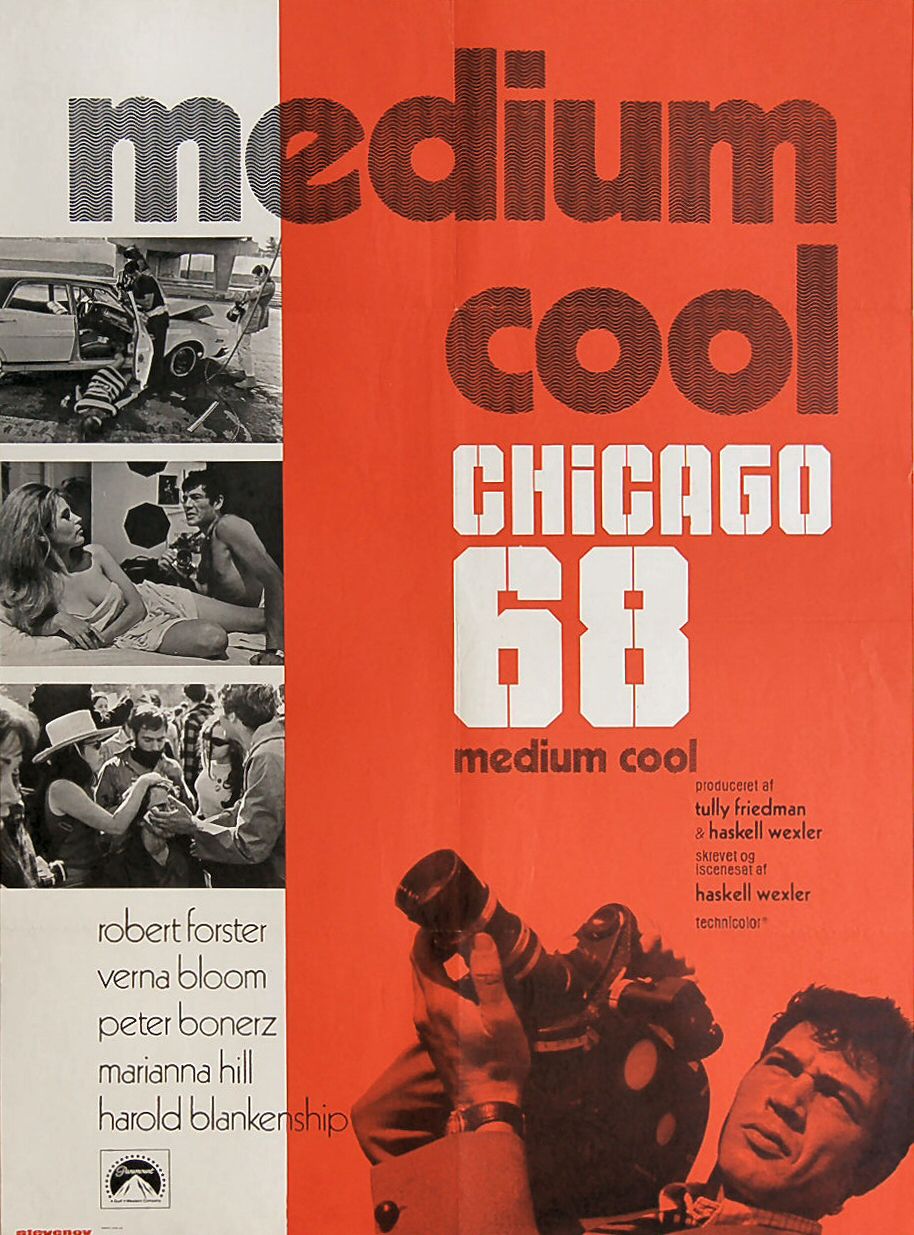
(Image: Pinterest)
MEDIUM COOL— 4 STARS
When Medium Cool reaches its history-witnessing climax at the 1968 Democratic National Convention protests in Chicago, two crowd chants take over the urban soundscape. The first is a defiant “Hell no! We won’t go!” and the second is “The world is watching.” The observant cameras and microphones used by filmmaker Haskell Wexler preserved that spirited defiance for cinematic immortality. Fifty years after its release, the echoes of those unified shouts in Medium Cool still ring with relevance and importance today. We’re not going anywhere, and people still fix their eyes on this film with shock and awe.
Before stepping into the observational odyssey of Medium Cool and its aims, one has to understand the film’s setting of the year before. The Presidential Election of 1968 was a roller coaster of uncertainty. Sitting POTUS Lyndon Johnson departed the race in the spring. Popular candidate Robert Kennedy was shockingly assassinated two months before the late August convention in Chicago. Two months before that, Dr. Martin Luther King’s life was also taken by a gunman’s bullet. Urban centers that were already hotbeds with the unpopular Vietnam War worsened with the racial upheaval that followed the reverend’s death. By August of 1968, the multitude of angered protest groups had circled the Chicago as the place to make an impactful showing. The police were ready.
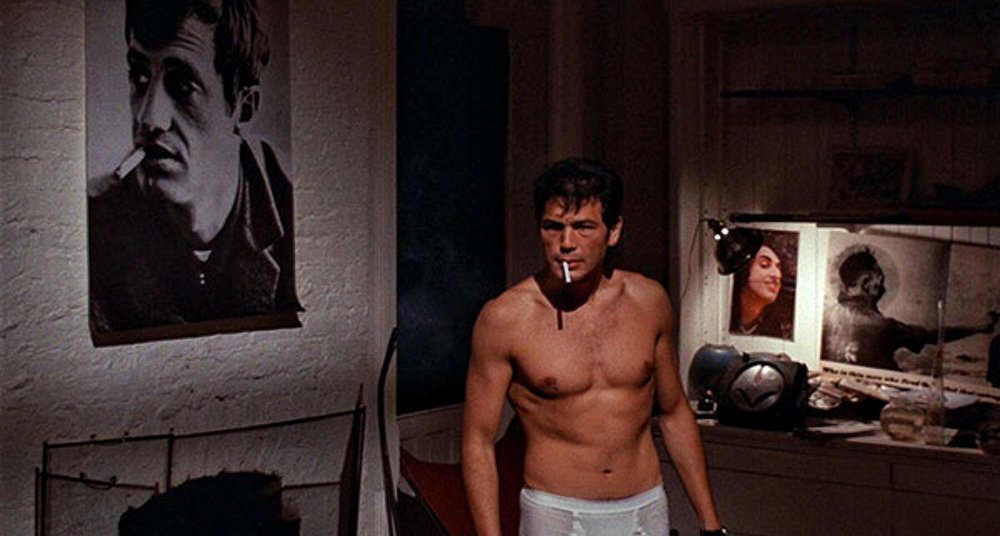
(Image: amazon.com)
In the movie, our guide through that tumultuous lead-up is WHJP-TV cameraman John Catselas, played by future Jackie Brown Oscar nominee Robert Forster. Shooting everything from car crashes to harsher crime scenes, John and his soundman Gus (Peter Bonerz of The Bob Newhart Show) have been dispassionately seeking out the tragic and shocking end of Chicago happenings. The backstory or ramifications of the blood and tears they grab don’t matter, just the steady work over their competitors. Unscripted action sells more than scripted talk. Those peers, and even the institution of journalism as a whole, often label what they do as deplorable and unhelpful.
In John’s grizzled and squinted eyes, he’s just capturing what’s already there. The social problems of the city are not of his making or part of his duty to correct. That said, the dangers of his profession are real. It’s possible to be too close to the news being made. Especially in the more racially diverse Chicago neighborhoods John treads through, the impressions of his footage are an affront to the real truth and problems. John’s callousness shrinks and his wayward integrity begins to care when he finds out his work is being passed along to the FBI as a means of tracking potential citizen crime suspects without consent or cause. This gets him fired and on the hunt for freelance work in time for the Democratic National Convention.
Each little assignment or pursued story angle before the convention conclusion in Medium Cool builds a characterization of the constant conflict. In one key segment, John and Gus are filming statements from a Chicago coalition of the Black Panthers. There is a sense of conviction shared by each person going on camera before the advantageous journalists who get to retreat to safer lives elsewhere.
They challenge the definition of “human interest” and ask whether the “human” or the “interest” leads the reporters’ work and commitment. Living in constant threat and trauma, those citizens have an entirely different and more realistic perspective than John and likely his audience. It’s not called “white privilege” like today, but the parallel tones to the present are spot-on. Most current assessments of racial tensions and inequality fifty years after Medium Coolwould say too little has changed, making the movie more of an unfortunate reminder than an extinct time capsule.
In another scene, John and Gus are featuring a gun shop and shooting range. The manager (played by future Hollywood mainstay Peter Boyle in his debut screen credit) brags about how good business is going. Since the post-MLK riots that spring, he’s seen 46% more pistol registrations, many by first-time gun-owning women looking for self-defense. For another 50-year parallel, the United States just closed a similar bump during the Obama administration when gun sales doubled amid fears a Democratic administration would create stricter gun laws. In Trump’s two years so far, gun sales are down over 6% because the infringement fear is gone. Both then and now, the warning signs have been cited in newspapers for limited results of de-escalation.
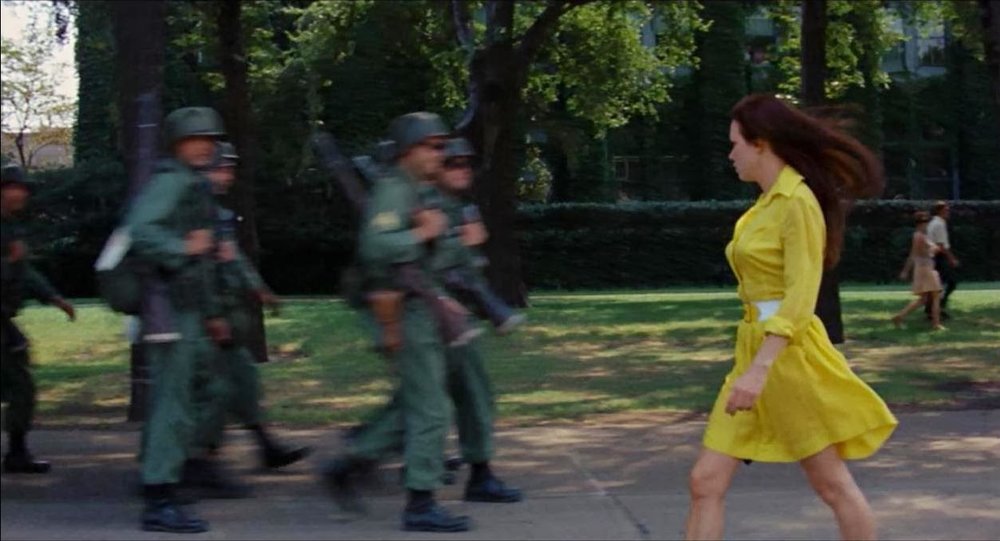
(Image: filmsworthwatching.blogspot.com)
The reel from stories like those and John’s curious romantic pursuit of single mother Eileen (Verna Bloom in her film debut), a new Chicagoan by way of West Virginia, chip away at his indifference. Building a connection with Eileen’s son Howard (Howard Blankenship) adds to that growth. Those personal scenes away from the hustle and bustle of John’s work allow Medium Cool to show us the deeper emotions that exist when there isn’t a story to chase. The worry wound by that heart peaks when Eileen, dressed in yellow and floating like a naive nymph, is caught amid the outdoor clashes between protesters and police at the peak of the unrest.
The unique artistic prowess of Medium Cool comes from filmmaker Haskell Wexler. As many have attested, the film feels wildly real because every stitch around the edges of the actors is the real thing. Shooting on the fly as the director of photography and primary camera operator, Wexler was in the right place and right time as raw headline-making history unfolded. The longtime master cinematographer’s use of the “cinéma vérité” style, creating a collision of improvisation and observation voyeurism in a real setting is legendary. What he got reveals more truth than any trendy screenplay manufacturing scenarios. The tension and gravity of that result is mesmerizing.

(Image: filma.kr)
Released on August 27, 1969, nearly one year to the day after the convention events, Medium Cool was initially rated “X” for its language and nudity. Wexler will tell you that first rating was a political warning shot before winning the appeal. Embraced by audiences and critics alike, it became a reminder for the lack of remedy and progress that came out of the resulting national election. Vice President Herbert Humphrey would come away victorious in Chicago and lose the presidency to Republican Richard Nixon by less than a percentage point of the popular vote, ending the New Deal era of government control that began with Franklin Roosevelt before World War II. The saber-rattling Nixon increased the unpopular Vietnam War that Johnson and Humphrey were slowly reducing.
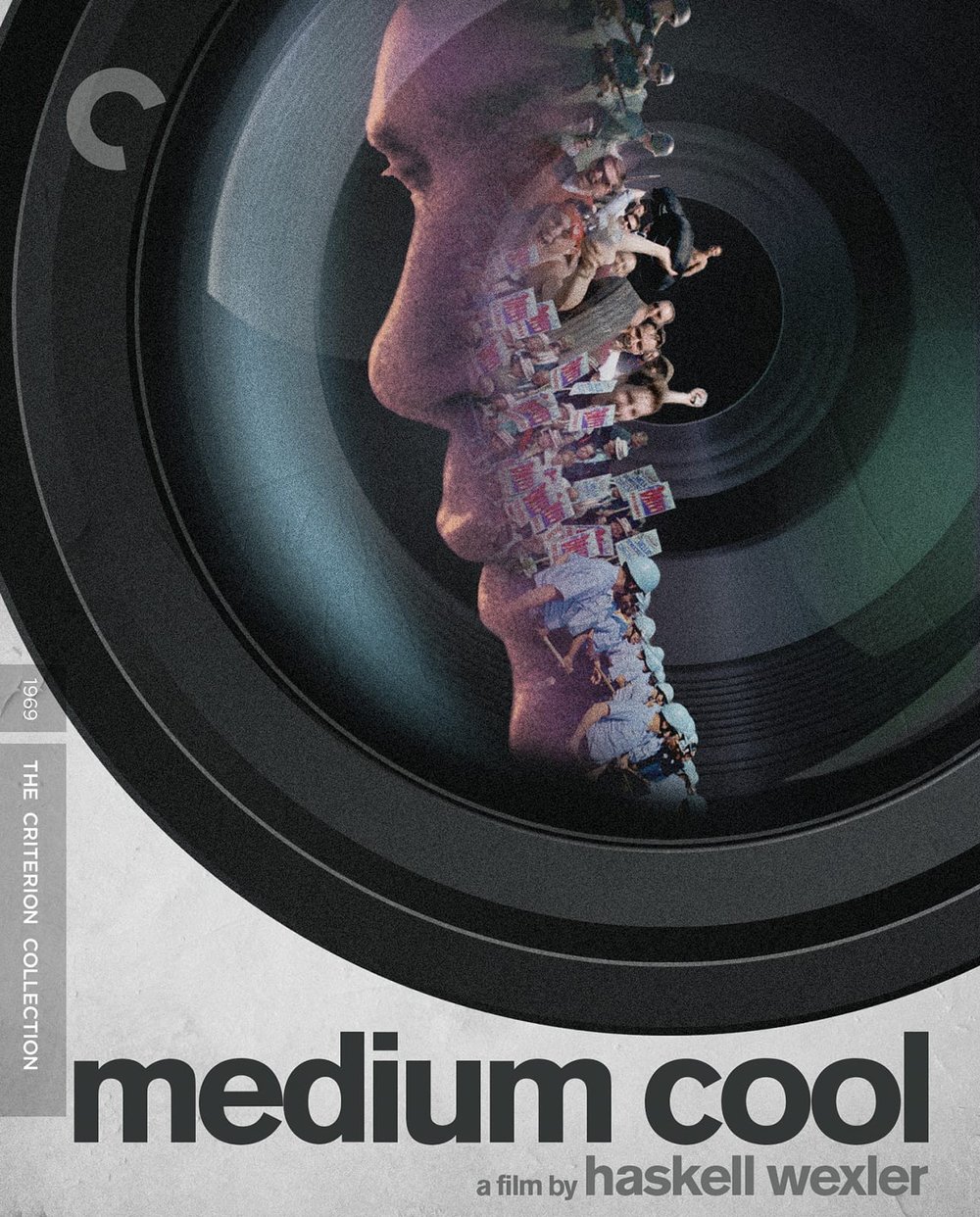
(Image: criterion.com)
Medium Cool was a mirrored proxy for a still-divided country. Hot firebrands for race, gender, crime, poverty, and war never calmed and now the government in power could have its way beyond them. The protests never stopped, and the notorious Kent State shootings would occur less than a year later. Even years later, Chicago would again be a site of civil challenge with Occupy Chicago’s protest of the city hosting the 2012 NATO Summit (events Wexler himself filmed for documentation), bringing the fear of police strength and unflattering “the world is watching” media coverage back to the Windy City.
Wexler’s film peeled a one-year-old scab during the smoke of post-election wildfire. Other films like Getting Straight, The Strawberry Statement and R.P.M., would try to emulate similar messages and stances, but none of the three had Medium Cool’s rawness or respect. It’s extraordinary how one auspicious independent film effort became timely and relevant by happenstance.
In 2003, Medium Cool was selected for preservation in the National Film Registry by the Library of Congress. The film is a witnessed chronicle that could not better match the qualifier of “culturally, historically, or aesthetically significant” for registry designation. For cinephiles, the film is immortalized and studied as part of the Criterion Collection, complete with two commentaries and other documentary features. Through Wexler’s masterwork, do right by yourself to see how history, unfortunately, seems to be repeating itself.
THE ORIGINAL PUBLISHED PIECE ON 25YL
LOGO DESIGNED BY MEENTS ILLUSTRATED (#813)
from REVIEW BLOG - Every Movie Has a Lesson https://ift.tt/2yQMGFT







No comments:
Post a Comment